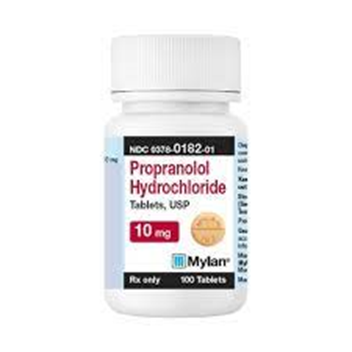A nurse is assisting with the care of a postoperative client who has developed malignant hyperthermia. Which of the following actions should the nurse take?
Administer meperidine IM.
Instill a warm enema solution.
Apply a cooling blanket.
Ventilate client with 50% oxygen.
The Correct Answer is C
Choice A Reason:
Administer meperidine IM is incorrect. Reason why it's not the answer: Meperidine (Demerol) is not recommended in cases of malignant hyperthermia. It can potentially exacerbate the situation by further increasing muscle rigidity and potentially contributing to the hypermetabolic state. Meperidine can trigger additional release of calcium from the sarcoplasmic reticulum in muscles, worsening the symptoms.
Choice B Reason:
Instill a warm enema solution is incorrect. Reason why it's not the answer: Introducing warm solutions can exacerbate the client's condition by further increasing body temperature. Malignant hyperthermia is characterized by a dangerous increase in body temperature, and adding heat through an enema would only make the situation worse.
Choice C Reason:
Applying a cooling blanket is recommendable. Reason why it's the answer: A cooling blanket is a recommended intervention for managing malignant hyperthermia. Lowering the body temperature is crucial in preventing further complications associated with the high fever. Cooling blankets help dissipate heat from the body, aiding in rapidly reducing the dangerously elevated temperature associated with malignant hyperthermia.
Choice D Reason:
Ventilate client with 50% oxygen is incorrect. Reason why it's not the answer: While providing oxygen support might be necessary as part of managing the overall condition, ventilating with 50% oxygen specifically may not directly address the core issue of rapidly cooling the body during a malignant hyperthermia crisis. Ventilation may be required, but the immediate concern is to cool the body to prevent complications arising from the elevated body temperature.
Nursing Test Bank
Naxlex Comprehensive Predictor Exams
Related Questions
Correct Answer is D
Explanation
Choice A Reason:
Using a fire extinguisher at the source of the smoke is not appropriate. While using a fire extinguisher could potentially help contain a small fire, it's crucial to prioritize rescuing those in immediate danger and alerting others about the fire first by activating the fire alarm. This action ensures that help is on the way and that everyone is aware of the emergency.
Choice B Reason:
Closing the doors to the room and to the bathroom is not appropriate. Closing doors can help contain smoke and fire to some extent, but again, the priority in an emergency situation like this is to rescue those in immediate danger then activate the fire alarm to ensure a swift response and alert others.
Choice C Reason:
Activate the fire alarm system is appropriate. Activating the fire alarm alerts others in the facility and initiates the emergency response protocol, helping to ensure that help is on the way while potentially preventing the spread of fire. However, this step should be taken after assisting the client to safety as they are in immediate danger.
Choice D Reason:
Assisting the client who is in immediate danger to a nearby common area should be the furst step that the nurse takes before alerting other people of the fire. (RACE protocol)
Correct Answer is B
Explanation
Choice A Reason:
Requesting a dosage increase if the apical heart rate is less than 60/min is not necessary. Propranolol is used to lower heart rate in conditions like atrial fibrillation, so a heart rate below 60/min might be the desired effect of the medication.
Choice B Reason:
Withholding the medication if the systolic blood pressure is less than 90 mm Hg is necessary. Propranolol is a beta-blocker that can lower blood pressure. If the systolic blood pressure drops below 90 mm Hg, withholding the medication is necessary to prevent further lowering of blood pressure, which could lead to adverse effects like dizziness, fainting, or inadequate blood perfusion to vital organs.
Choice C Reason:
Administering the medication with an antacid might interfere with the absorption of propranolol, so they shouldn't be taken together unless instructed by the healthcare provider.
Choice D Reason:
Expecting increased hair growth is not an anticipated effect of propranolol. Hair growth is not a usual side effect associated with this medication.

Whether you are a student looking to ace your exams or a practicing nurse seeking to enhance your expertise , our nursing education contents will empower you with the confidence and competence to make a difference in the lives of patients and become a respected leader in the healthcare field.
Visit Naxlex, invest in your future and unlock endless possibilities with our unparalleled nursing education contents today
Report Wrong Answer on the Current Question
Do you disagree with the answer? If yes, what is your expected answer? Explain.
Kindly be descriptive with the issue you are facing.
